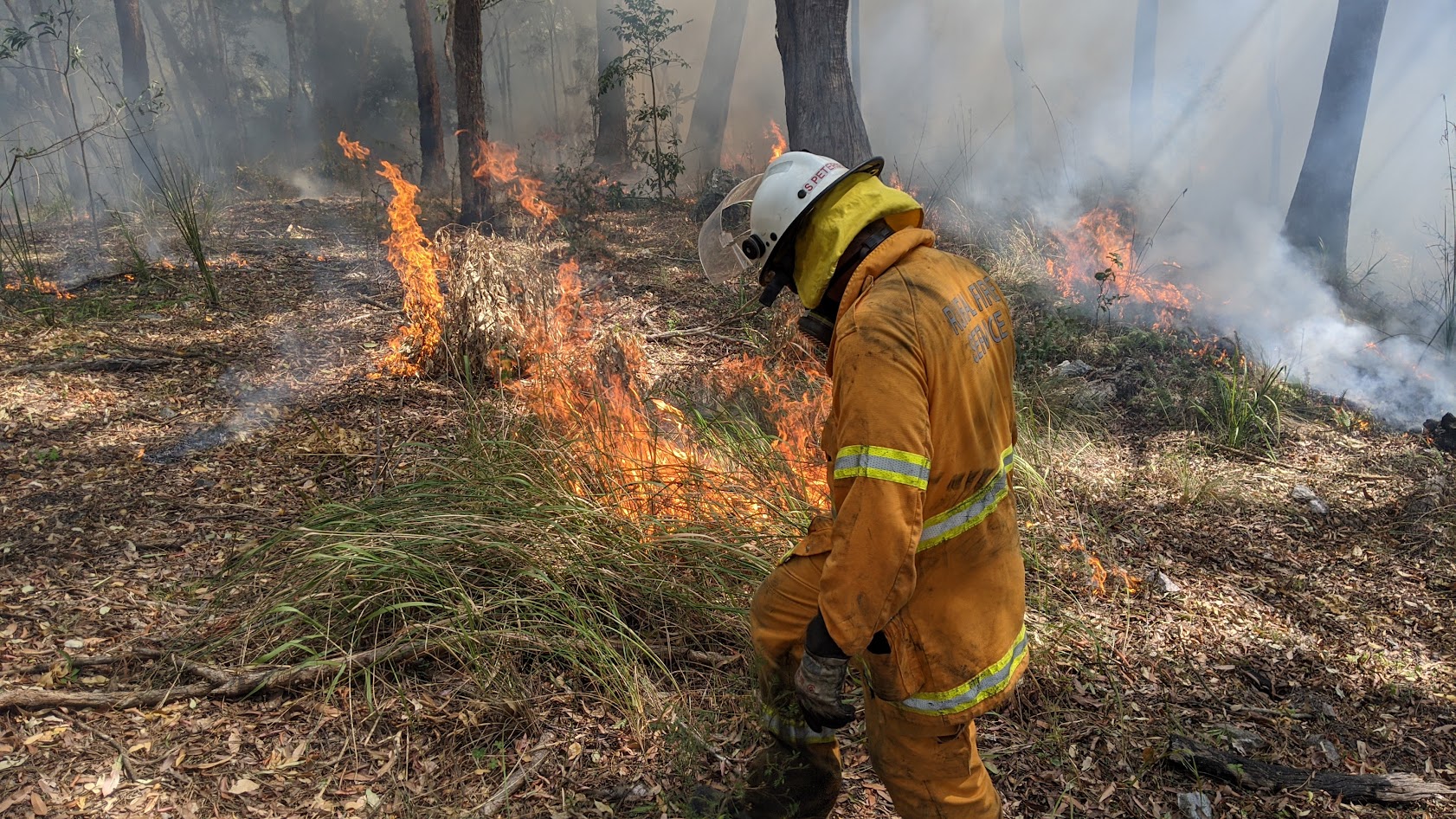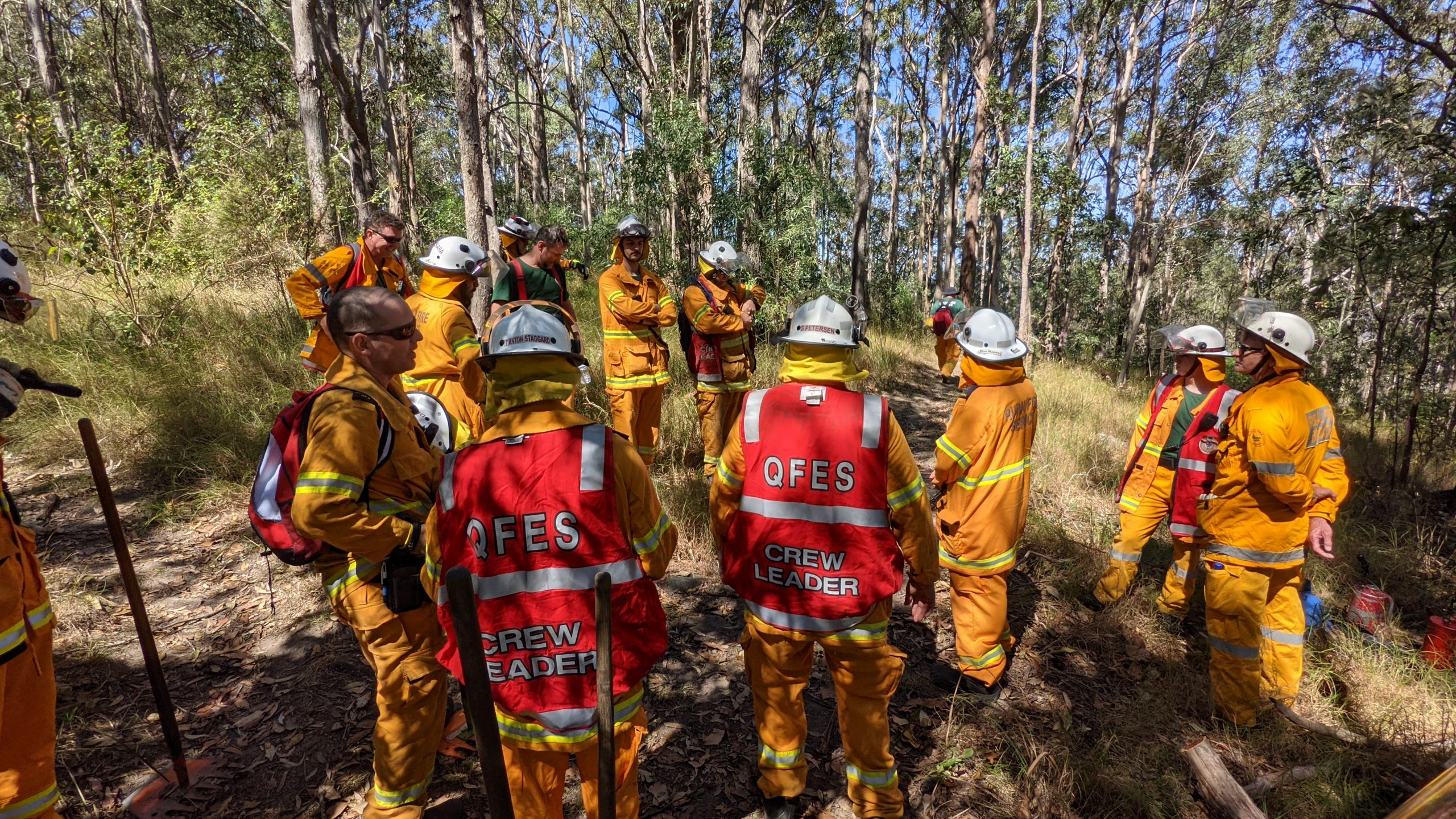We often find ourselves caught up in the chaos of everyday firefighting, both in our professional and personal lives. It’s easy to forget to pause and reflect on our own leadership journey. But, to truly grow and develop as leaders, it is essential that we take a step back from the front lines and delve into our own leadership narrative.
Discover the leader within through a series of thought-provoking questions designed to foster self-reflection and growth. These queries delve into your leadership style, team dynamics, and the core values that define you.
Reflecting on High-Pressure Situations
Consider when you last faced a significant challenge. Did you spring into action, or did you pause to evaluate? Your instinctive response can reveal your approach to leadership. Understanding how you react under pressure is crucial for recognizing your leadership style and preparing for future high-stress situations.
Evaluating Team Dynamics
Think back to a recent collaborative effort. Your role in fostering team spirit—whether as a motivator, a mediator, or a planner—plays a vital part in steering the group’s morale. Knowing the influence you have on your team is vital for effective leadership.
Navigating Decision Crossroads
Recall a tough decision where the right path wasn’t clear. Reflect on your choice and its consequences. Would you approach it differently today? Our decisions, particularly the tough ones, shape our leadership journey. Learning from these experiences is a stepping stone to better decision-making.
The Art of Communication Under Stress
Assess your communication style, especially during stressful times. Does your message resonate, or do you find obstacles in getting your point across? Clear communication is the foundation of successful leadership, crucial when stakes are high.
Understanding Empathy
Remember a time you were approached with an issue. How did you handle it? Whether you offered direct support or guided them towards self-sufficiency, your approach speaks volumes about your empathy as a leader.
Admiring and Developing Leadership Qualities
Identify the leadership traits you admire in others and whether you see those in yourself. Contemplating these qualities can illuminate areas for your personal leadership development.
Embracing Lessons from Mistakes
Mistakes are inevitable. Reflect on an error you’ve made and the lessons learned. Acknowledging and understanding these lessons is essential for both personal and professional advancement.
Exploring the Deeper Whys of Leadership
These questions aim to uncover the motivations driving your leadership choices, providing insight into the profound “why” behind your actions.
Crafting a Leadership Legacy
What legacy do you aim to leave behind, and how do your current actions contribute to that legacy? Your legacy is a compass that guides your leadership path.
Staying True to Core Values
Think of a moment your values were put to the test. Your response in such situations can reveal the strength of your character and leadership identity.
Living Authentically as a Leader
Consider when you have felt most genuine in your role. Identifying what prevents you from being authentic at all times can help you overcome barriers and lead with integrity.
Employing Empathy in Crisis
Reflect on leading someone through a crisis. Your ability to empathize can significantly affect both parties, bridging gaps and fortifying bonds.
Following Your True North
Your internal compass, or “true north,” is a guide for decision-making. Reflect on how this compass has influenced you and the challenges you’ve faced in following it.
The Power of Introspection
The journey of introspection is not merely about answering questions but opening doors to deeper self-awareness. The insights gained can profoundly impact your leadership and those you guide.
Leadership is as much about internal exploration as it is about leading others. Take time to ponder these gateways to self-knowledge, and you might find that they not only enrich your personal growth but also positively influence your leadership.
Embrace these reflections, and let them ignite your journey to becoming a more insightful, empathetic, and effective leader.




